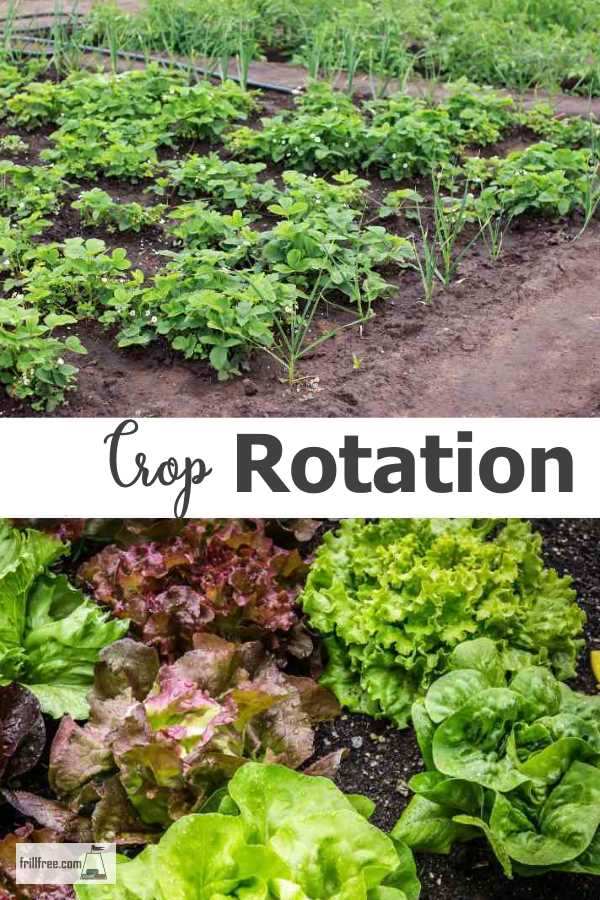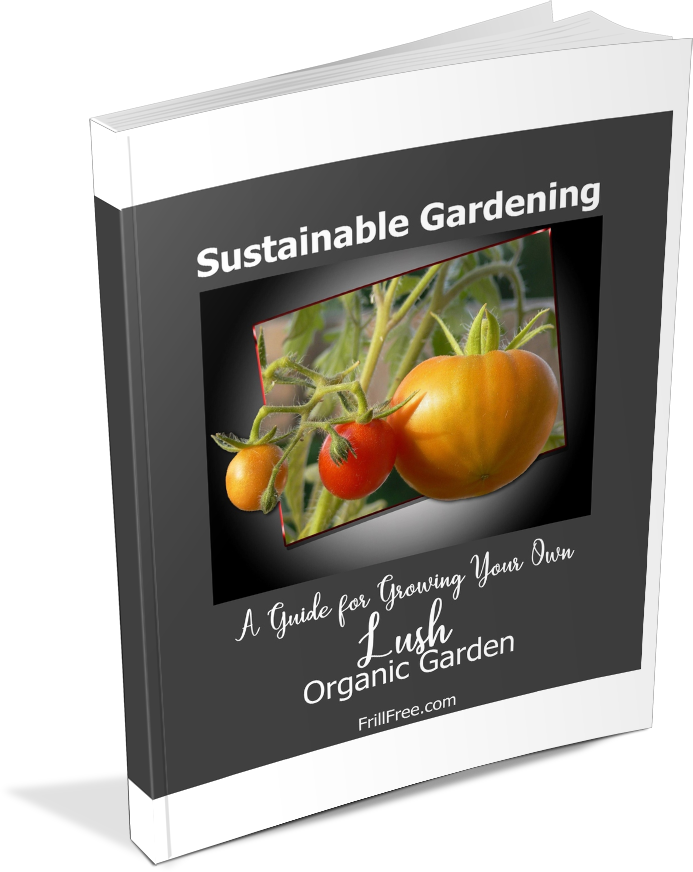- Homesteading
- Methods of Organic Farming
- Crop Rotation
Crop Rotation
Succession Planting for Disease Control
Crop rotation is the practice of moving the plants or families of plants that are in each garden bed.
Planting permanent raised beds with a different crop each year can prevent many disease problems from overwhelming the plants.
In some cases, certain groups of crops such as the related mustard crops; cabbage, broccoli, kale, cauliflower and other Chinese greens and Brassicas are all prone to club root, a bacterial infection of the roots.
The bacterium remains in the soil and will infect subsequent crops of the same family.
Other families won’t have the same susceptibility to the bacterium, so can be grown safely in the spot where the cole crops grew the previous year.
Over time, say several seasons, the bacterium dies out of the soil, and eventually it’s safe to plant the susceptible crop once again.
Keeping track of crop rotation cycles in the garden is the most difficult part of the system.
Another part of crop rotations is adding amendments to the soil for the current crop that will also be beneficial for the following one. This would be things like compost for a heavy feeder, which by the time it rots down would be okay for a crop that requires less nutrition.
An application of Dolomite lime to change the pH of the soil for brassicas, followed by peas the next cycle is one way to use crop rotation to your advantage.
If you’re growing crops in succession, or ‘stacking’ crops, it can be a nightmare to try and decide which crops to grow after each other.
Some people have a system of growing root, leaf and fruit crops after each other; for instance, you would start with a crop of potatoes, follow it with cabbage, and then grow tomatoes. This works well, for a rough guide.
It’s also advantageous to add lots of finished compost to the soil, to provide lots of micro-organisms that will take on the task of immobilizing the ‘bad guys’ – microbes that are damaging to crops.
Many people also think that a healthy plant will be more resistant to disease and insects, in which case, adding compost is exactly the right thing to do.
With many gardeners using raised beds or hay bale gardening techniques, as well as no-till gardening methods, it’s now not as simple to completely replace all of the soil in an existing bed.
Moving the crops around so they have the best chance of being planted in clean, disease free beds gives them a head start in their race to harvest time.
















